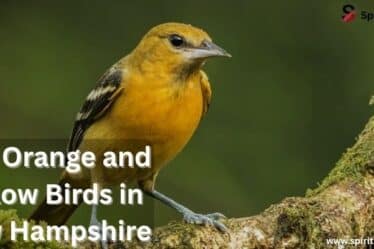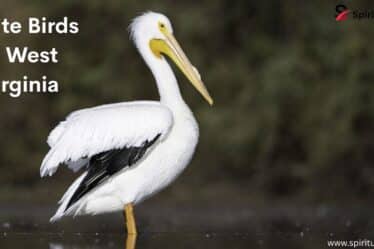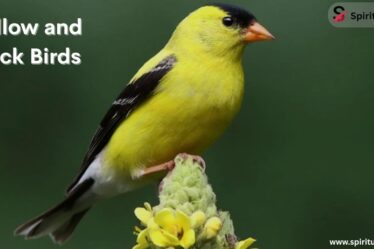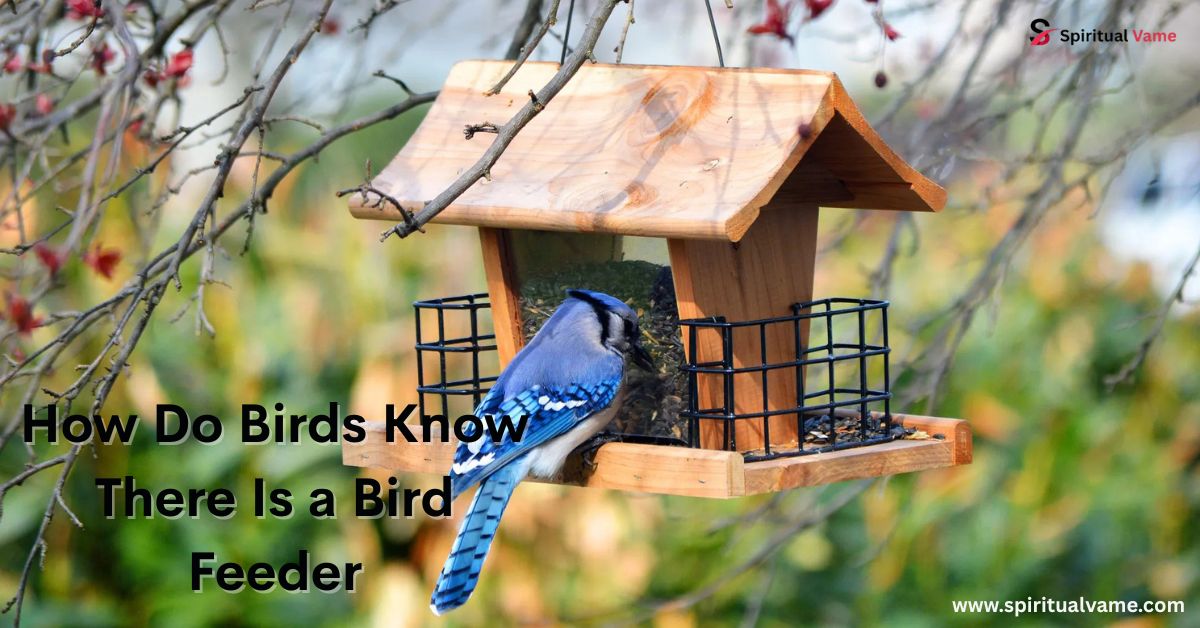
Feeding birds is a joyful experience for many people across the USA. Setting up bird feeders in your backyard invites colorful and lively creatures close to your home. However, many bird lovers often wonder, how do birds know there is a bird feeder? Birds are small, but they are intelligent creatures that rely on a mix of visual cues, auditory cues, social learning, and memory to find food. Their foraging behavior is guided by natural instincts and smart adaptations. In this article, we will explore how birds find feeders, remember feeding spots, and even recognize feeding schedules.
Why can’t they find my feeder?
Sometimes people set up bird feeders, but no birds seem to visit. There can be many reasons why they do not find your feeder right away. Birds rely heavily on visual cues like color contrast, movement, and even shape recognition to detect feeding spots. If your feeder blends too much into the environment or is hidden by branches, it may take longer for birds to notice it. Feeder placement is very important because birds look for open, safe spaces where they can spot threats easily.
Another reason could be the type of seeds you offer. Birds have feeding preferences. If you offer seeds that are not attractive or fresh, birds might ignore your feeding station. Seed visibility also matters; seeds hidden inside opaque feeders or scattered too thinly may not be seen by flying birds. If you just placed a new feeder, remember that birds take time to discover new feeding sources. Their natural feeding behaviors are cautious at first, so patience is key.
How Do Birds Know When You Have Filled the Feeder?
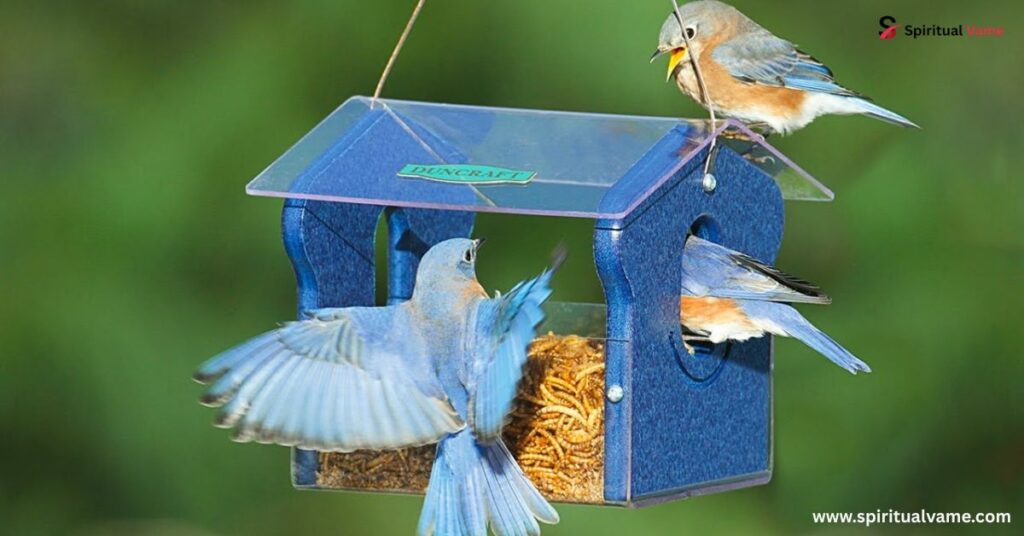
It might seem like birds somehow instantly know when you have refilled the feeder. This is because birds are very tuned to environmental cues and auditory cues. When you refill the feeder, seeds moving or rustling create sounds that attract nearby birds. These feeder sounds act as natural alerts, encouraging them to investigate the source. In addition, birds watch for visual cues like shiny seeds or the movement of the feeder swaying in the wind.
Birds also develop feeding routines based on circadian rhythms. Their internal clocks help them predict the best times to forage. If you fill your feeder at the same time daily, birds will link your action to their feeding schedules. Their spatial memory and feeding behaviors help them associate your backyard with reliable feeding opportunities.
Can wild birds smell bird seeds?
Many people believe that wild birds find feeders by smell, but this is not exactly true. Most birds do not rely much on olfactory cues. While a few species like certain seabirds have a strong sense of smell, common backyard birds such as finches, cardinals, and sparrows mainly use sight and hearing. Visual cues like bright seeds or the feeder’s movement are much more powerful attractants than scent.
Studies show that birds searching for feeding environments focus on sight over smell. Therefore, making your feeder easy to see with bright colors and offering a variety of seeds increases your chances of attracting a variety of bird species. Relying on feeder design that highlights seed visibility is far more effective than hoping birds can smell their way to your feeding stations.
Then how do birds find bird feeders?
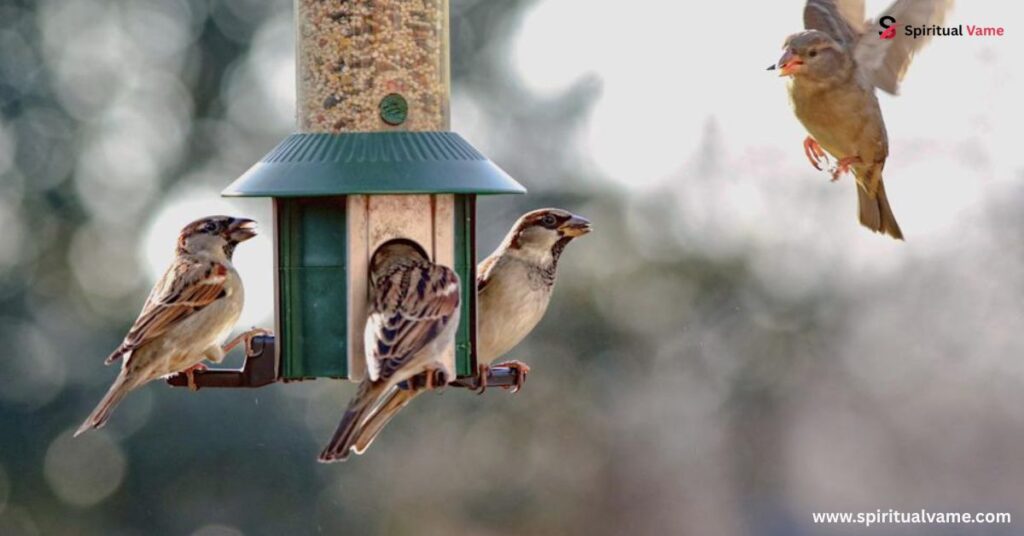
Birds find bird feeders by paying close attention to visual attractions like colors, movement, and shapes. Bright feeders with red, yellow, or blue colors can stand out to flying birds looking for food. Birds also recognize movement, such as a feeder swinging slightly in the wind, which draws their curiosity.
Alongside visual cues, birds use social learning to locate feeding zones. If one bird finds a feeder and starts feeding, its chirps and behavior may attract other birds. These social bird calls act like natural invitations. Thus, a single bird discovering your feeder can quickly lead to a whole feeding flock visiting regularly.
So how do birds know when I put out food?
When you step outside to fill your bird feeders, birds often seem to appear quickly. This is because of social cues and environmental cues. Birds are excellent at noticing changes in their environment. The sound of seeds dropping, the movement of the feeder, or even the sight of you walking to the feeding area signals new feeding opportunities.
Also, birds living around human areas get used to feeding habits and feeding routines. When you regularly provide food, they learn to associate certain actions, sounds, and times of day with fresh food availability. Their strong spatial memory helps them remember exact feeding sites, and circadian rhythms guide them to return at the right times.
Do birds remember where food is?
Yes, birds have remarkable spatial memory. Their ability to remember the location of food sources is an important survival skill. Birds remember successful feeding territories, feeding grounds, and specific feeding stations that provide nourishment. In fact, many migratory species return to the same feeding zones year after year based on memory.
They also use landmarks like trees, buildings, and other landscape features to map out feeding locations. This memory helps them build efficient foraging routes, optimizing their energy while finding food. Your backyard feeder becomes part of their known feeding areas if you provide food consistently and create a bird-friendly environment.
Do Birds Learn Human Feeding Schedules?
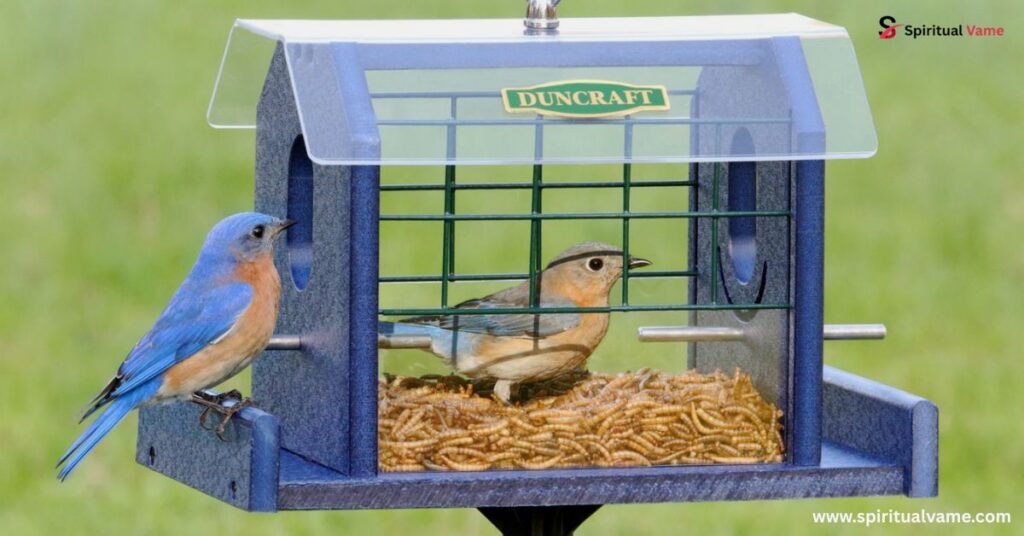
Birds are quick learners when it comes to human behavior. Over time, they start to recognize feeding schedules and human activity patterns. If you refill your bird feeders around the same time every day, birds adjust their feeding routines to match your schedule.
They develop feeding habits based on circadian rhythms and environmental cues like light and temperature. Watching and listening for you becomes part of their daily activities. This learning is a form of social learning and shows just how adaptable bird feeding behaviors can be in response to human habits.
Final Thoughts
Understanding how birds find feeders helps backyard birders create more welcoming spaces. Birds use a smart combination of visual cues, auditory cues, social learning, and strong spatial memory to locate food. By providing visible feeders, maintaining consistent feeding schedules, and respecting birds’ natural instincts, you create an inviting feeding environment.
The next time you wonder, how do birds know there is a bird feeder, remember that birds are highly observant creatures who notice the tiniest changes around them. Your patience and thoughtful feeder setup will eventually be rewarded with beautiful visits from many bird species.
Conclusion
Birds have amazing instincts and skills when it comes to finding food. With their sharp visual cues, quick response to auditory cues, smart use of social learning, and excellent spatial memory, they easily adapt to new feeding environments. Setting up a bird feeder is a rewarding way to connect with nature.
If you have ever asked yourself, how do birds know there is a bird feeder, now you understand the answer lies in their incredible natural abilities. Keep your feeders visible, filled with fresh seed, and located safely, and soon your yard will become a favorite stop for beautiful feeding flocks.

